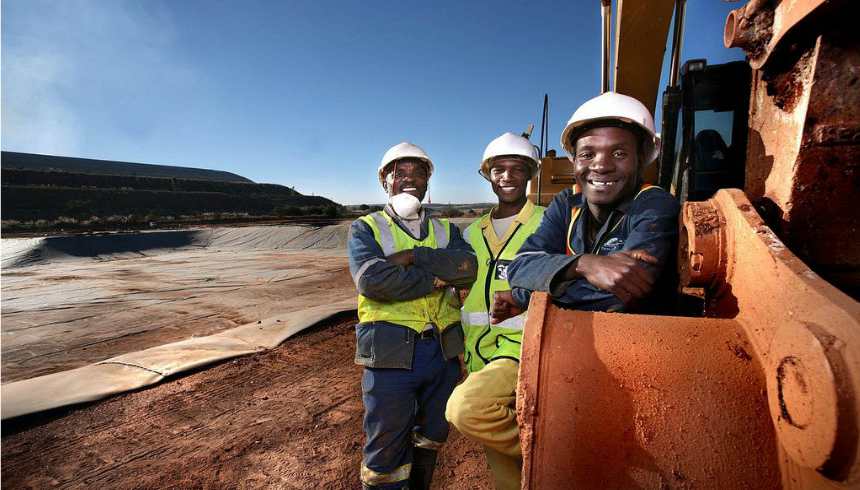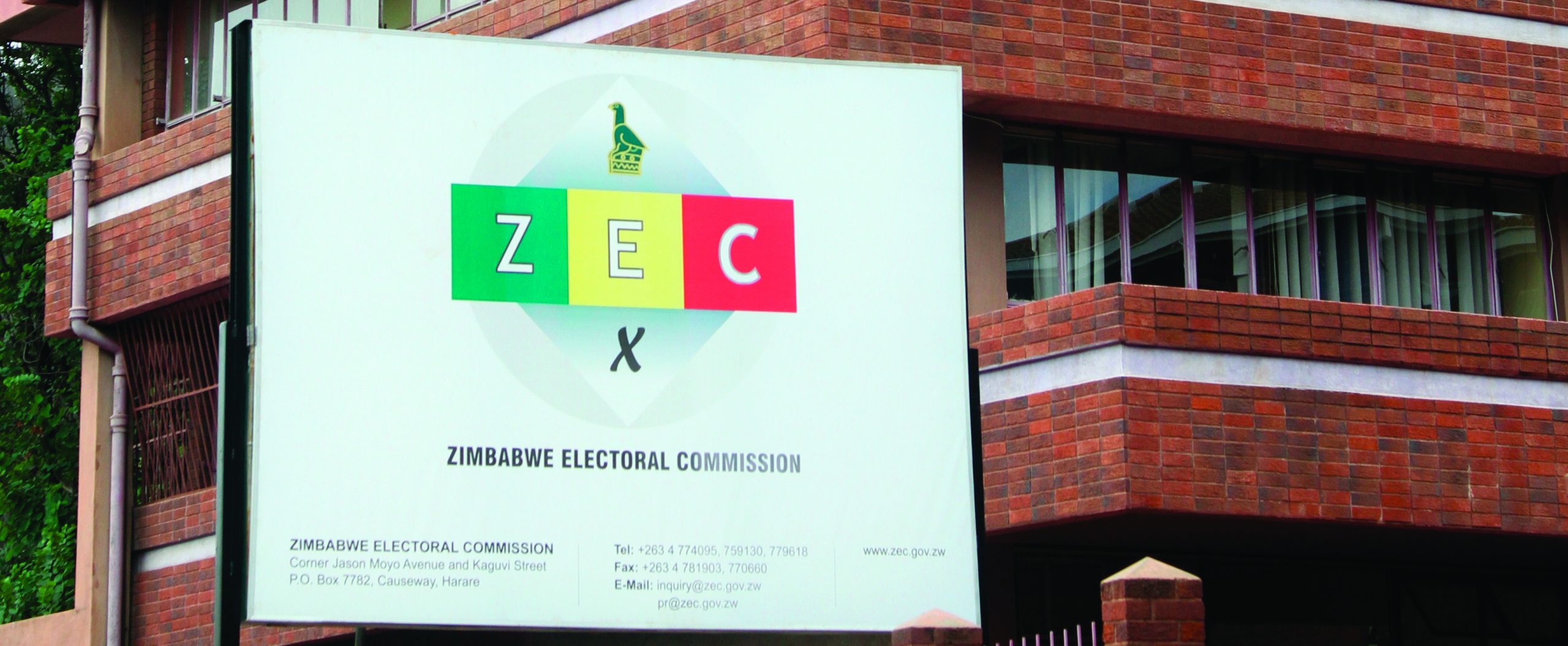
As miners come under pressure from shareholders and lenders to make their operations more sustainable, can Africa’s extractive industry be reformed?
Pressure is building on the mining industry to adopt more environmentally and socially responsible practices in Africa. With shareholders and lenders demanding greenhouse gas emissions and pollution reduction, plus improvements in worker and community welfare, there is a growing belief that it is in the industry’s best interests to adopt more responsible practices to increase productivity and avoid adverse publicity.
The mining industry is by its very nature highly invasive, requiring huge amounts of energy and the movement of large quantities of rock and soil, generating a great deal of local pollution in the extraction process and during transportation.
Historically, the industry has a track record of causing a high number of workplace accidents and fatalities. It would therefore be easy to condemn the entire sector as an environmentally and socially unsustainable relic of the industrial age.
Indeed, thermal coal production has already begun the process of being wound down in some markets, with coking coal likely to follow suit once the cost of new smelting technologies begins to fall more significantly.
Some companies have also stopped using real diamonds in favour of synthetic stones. Yet iron ore and bauxite mining will continue for many decades to come to support steel production, while manganese, cobalt and copper are used in many new technologies.
It is, therefore, vital that more sustainable methods of mining are identified and widely employed. Long-term sustainability involves maximising the health and safety of workers and minimising the environmental impact of mines, while ensuring that mine host communities share in the benefits of mining operations and avoid environmental degradation.
It involves rooting corrupt practices out of the industry, in procurement, in employment and in licensing. Sustainable mining also requires the creation of a realistic mine closure plan that provides adequate financing for post-closure restoration. At the same time, sustainable practices can extend the longevity of mining operations, with obvious commercial benefits.
- Chamisa under fire over US$120K donation
- Mavhunga puts DeMbare into Chibuku quarterfinals
- Pension funds bet on Cabora Bassa oilfields
- Councils defy govt fire tender directive
Keep Reading
The environmental costs of mining Shareholders and banks are making increasing demands on miners to improve the environmental standards of their operations, and have been pushing for net zero carbon emissions at direct mine operations and along the entire value chain.
Mining is currently responsible for 4-7% of greenhouse gas emissions globally, yet mining companies generally set short-term low reduction targets or focus on emission intensity rather than absolute numbers, despite the potential for transformation, according to a report on climate risk and decarbonisation from management consultancy McKinsey.
“Mines theoretically can fully decarbonise (excluding fugitive methane) through operational efficiency, electrification, and renewable-energy use. Capital investments are required to achieve most of the decarbonisation potential, but certain measures, such as the adoption of renewables, electrification, and operational efficiency, are economical today for many mines,” says the report.
That transition will entail entirely new business models. Coal, which currently accounts for around 50% of the mining market globally, will come under increasing pressure. But bauxite, copper, and iron ore will see growth from new decarbonisation technologies, as will minerals used in green technologies.
“Niche commodities probably will not be able to replace the magnitude of earnings from coal, but they could help manage losses. For miners, a rebalanced portfolio would require agility — sophisticated market intelligence and flexible assets — which could become a competitive advantage in enabling responses to mineral-demand shifts,” say the authors.
That shift entails embracing renewable power at mines and improving operational efficiency in them.
“The decarbonisation potential for mines varies by commodity, mine type, power source, and grid emissions, among other factors. Across the industry, noncoal mines could fully decarbonise by using multiple levers. Some are more economical than others — operational efficiency, for example, can make incremental improvements to the energy intensity of mining production while requiring little capital expenditure.
“Moving to renewable sources of electricity is becoming increasingly feasible, even in off-grid environments, as the cost of battery packs is projected to decline 50% from 2017 to 2030.”
Avoiding greenwashing While the potential to embrace new business models is clear, it is all too easy for sustainable mining statements and plans to be considered as marginal concerns rather than as core considerations that are built into a company’s entire operations.
“Greenwashing” companies may trumpet their efforts without pursuing substantive change. Experts say it is vital that monitoring and enforcement procedures are set up from the outset, with change having to be transparent and measurable.
In a research note on African mining in a post-Covid world, consultants EY said that mining companies need to “create, capture and deliver value to a broader set of stakeholders than ever before” by pursuing longer-term sustainability.
It argued that adopting an innovative mindset was key to ensuring decarbonisation, greater worker safety and tapping remaining mineral reserves, which tend to be harder to reach. It recommended improving the skills of workers and digitisation but warned that digital uptake was slow in the sector.
The transition to sustainability is likely to be a process rather than an event, but positive leadership can make the difference. This was recognised by the Botswanan mining industry as long ago as 2017 when the Botswana Chamber of Mines (BCM) adopted the Mining Association of Canada’s Towards Sustainable Mining (TSM) corporate social responsibility (CSR) programme to improve environmental and social practices in the industry.
TSM requires Botswanan firms to complete annual assessments of various metrics, including energy use, greenhouse gas emissions, health and safety, community outreach and biodiversity conservation.
They must also ensure enhanced transparency and accountability, with the standards adopted expected to be on a similar level to those in Canada. The BCM has created an independent multi-stakeholder panel to oversee the process
Can South Africa lead the way? As the biggest centre of mining activity on the African continent, the future of sustainable mining practices in South Africa is seen as a bellwether for the broader African industry.
Firms based in the country are expected to cooperate with community groups, trade unions and government bodies on implementing company-wide CSR policies. Companies are regularly assessed on their progress towards overcoming the socio-economic barriers of the apartheid era, particularly with the regard to training and promoting black workers for senior positions and also recruiting and promoting women and workers with disabilities.
Anglo American has drawn up a Sustainable Mining Plan, which it says will transform its entire business from mineral discovery right through to marketing, and aims to support the fulfilment of the UN’s sustainable development goals. Each mining site has to develop its own bespoke five-year plan, with goals relating to biodiversity, carbon neutrality, local accountability and service provision for communities.— African Business










